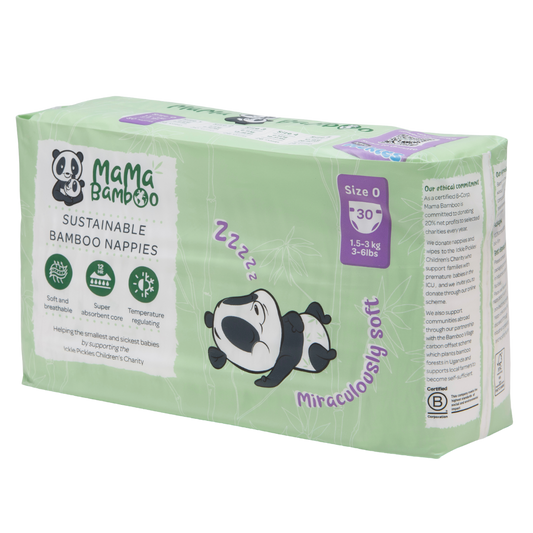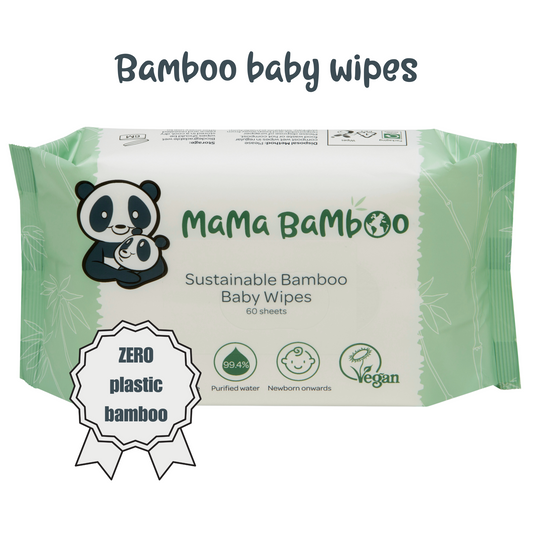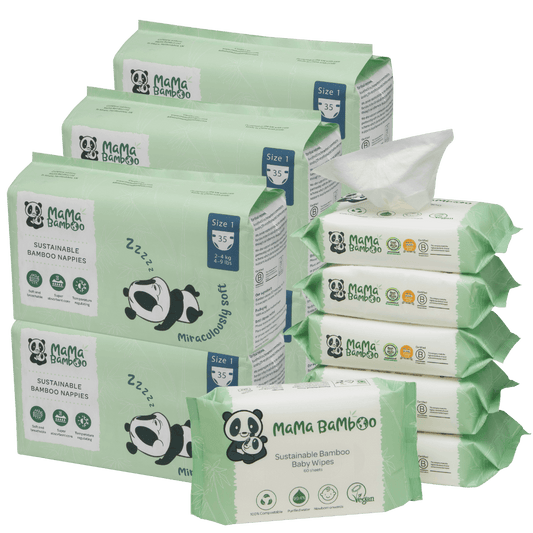Start by washing your hands thoroughly or use hand sanitiser if you can’t get to a sink!
Gently unfasten the nappy tabs at the front and peek inside. In the early days you may want to keep a tally of wet and dirty nappies to ensure your baby is getting enough fluid through their system. You can do this easily by keeping a tally chart by the changing table.
If your baby has done a wee, you can simply remove the nappy. However, if you’re dealing with poo you can use the nappy to clean away most of the mess before putting it safely into a disposable nappy bag or bin.
NOTE: Never leave this within baby’s reach; their little hands get everywhere!
For both wet and dirty changes, always use wipes to clean your baby’s skin thoroughly. Keep in mind to use gentle strokes, as the folds of the skin can become sore if not cleaned and dried properly.
Don’t forget that having a boy or girl will mean you wipe differently… If changing a girl, ensure you wipe from front to back to avoid germs getting into the vagina. With a boy, thoroughly clean around the penis and testicle area but do not pull back the foreskin. It will be fused to the tip of the penis and cannot be pulled back
Once all clean and dry, if your baby seems warm and happy enough, let them lie on the mat or towel without a nappy on for a short while, allowing them to dry properly. This can help prevent nappy rash.
Remember to never leave them alone during the changing process or whilst they are kicking about and drying off.







